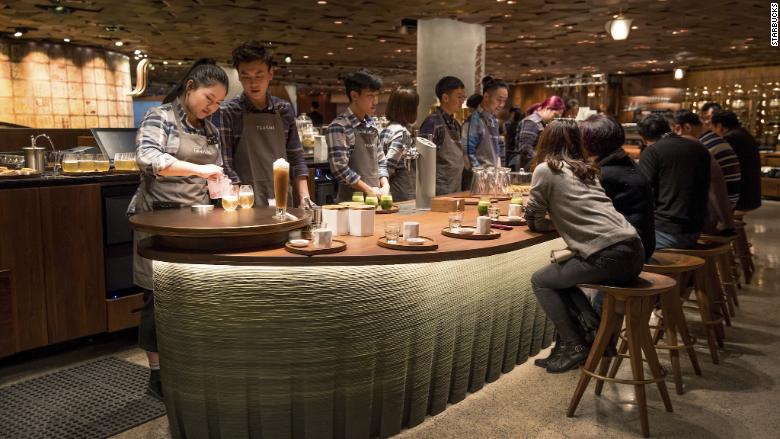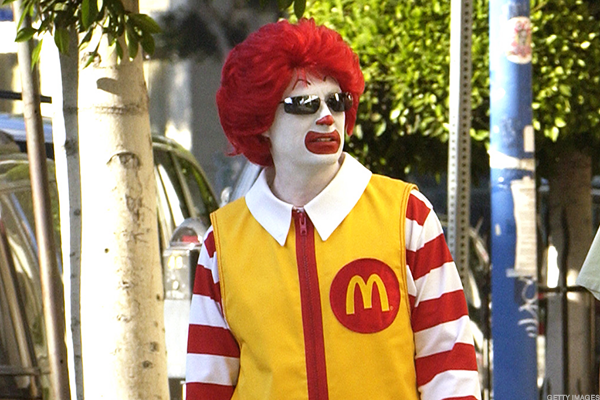McDonald’s, Subway, others introduce new offers this week as industry competitiveness continues.
Those are the two largest restaurant chains in the U.S. by unit count—operating 50,000 locations, combined.
And, like clockwork, their efforts have helped usher in a new era of value-making in the restaurant business.
“50,000 units in the U.S. will be banging on value this week,” said John Gordon, a restaurant consultant out of San Diego. “That’s going to make it very tough” for everybody else.
On Wednesday alone, Wendy’s announced an expanded 4 for $4 value menu, adding eight new entree options to its meal deal. The Charlotte, N.C.-based chicken chain Bojangles’ announced value offers at $4 and $5.
And Taco Bell, which has long had a $1 menu, announced new Nacho Fries that will be priced at $1 when it debuts Jan. 25.
To be sure, restaurants frequently push value in January, largely because it’s the slowest month of the year. Consumers are adjusting their budgets after the holidays, and weather frequently keeps people home.
“The first quarter is always the lowest volume quarter of the year,” said Richard Adams, a former McDonald’s franchisee turned consultant. “And you’re coming out of the fourth quarter, which is the highest volume quarter, and suddenly you’re confronted with doing half the volume you did in December. So, it’s a good time for you to goose sales.”
The value wars are taking on new importance these days because the restaurant business is increasingly competitive. Industry same-store sales have been weak for the past two years, and the chains are hoping the offers will put them front and center in front of consumers who have more choices than they’ve ever had.
But they also come as the industry relies more heavily on franchisees to run the restaurants, and generate profit. McDonald’s and Wendy’s, for instance, have refranchised most of their company-operated restaurants in recent years. Subway has no company locations.
The discounts can highlight a tension between franchisors that rely on royalties, paid as a percent of sales, versus franchisees, which rely on the profits they earn off those sales. The value offers come amid a difficult operating environment in which labor costs and rent costs are skyrocketing.
This tension exploded to the surface in recent weeks as media outlets, including Restaurant Business, reported on complaints from Subway operators over the planned $4.99 Footlong offer.
On Monday, the Milford, Conn.-based sandwich giant started selling a selection of five Footlong subs for $4.99. Operators petitioned the company to stop the offer, complaining about the offer’s profitability after years of sales declines.
“Rents have doubled in almost every store,” Stuart Frankel, a Subway operator who invented the $5 Footlong but has been a critic of the $4.99 deal, said last month. “There’s nothing that goes backwards. And food costs are significantly higher” than when Subway first introduced the $5 sandwich.
Still, Subway’s offer is limited only to a few of the chain’s sandwiches, including Black Forest Ham, Meatball Marinara, Spicy Italian, Cold Cut Combo and Veggie Delight.
McDonald’s $1 $2 $3 Dollar Menu is a new generation of the Dollar Menu that the chain had for years and largely ended in 2012. Four items on the new menu are priced at $1: any size drink, Cheeseburger, McChicken and the Sausage Burrito. Sausage McGriddles, small McCafe beverages, two-piece Buttermilk Crispy Tenders and a Bacon McDouble are all at $2.
The Sausage McMuffin with Egg, a new Classic Chicken Sandwich, Triple Cheeseburger and a Happy Meal are priced at $3. It’s the first time McDonald’s has put its iconic kids meals on a value menu.
“We know that customers motivated primarily by value and deals come more often and spend more,” McDonald’s CEO Steve Easterbrook said on the company’s third quarter earnings call in October.
In past years, McDonald’s operators complained about the Dollar Menu, especially as costs increased. But Adams said the new offer is better from a profit standpoint because of the higher prices. “That makes a big difference,” he said.
McDonald’s new Dollar Menu is clearly moving other competitors to join in. Wendy’s, which arguably ushered in the new value era with the introduction of its 4 for $4 offer back in 2015, expanded that offer with new entrees this week.
The entrees available in that offer include the Jr. Bacon Cheeseburger, Crispy Chicken BLT, Spicy Go-Wrap, Double Stack, Crispy Chicken Sandwich, Grilled Go-Wrap Jr., Jr. Cheeseburger or the Jr. Cheeseburger Deluxe. Customers also get nuggets, fries and a drink.
Taco Bell, meanwhile, will introduce its Nacho Fries later this month. Taco Bell said it would introduce 20 $1 items on menus and in test markets this year on top of its existing, 20-item $1 menu.
The quick-service Mexican chain had been testing the product in West Virginia and Bakersfield, Calif., this spring.
The fries are seasoned with a Mexican seasoning and served with warm Nacho Cheese. Customers can get them “Supreme” for $2.49 or “Bel Grande” for $3.49.
Gordon said that quick-service chains should not rely on these discounts for too long, and that any discounts should come alongside more profitable, higher-priced items for bigger-spending customers.
“I don’t see it as a tactical failure to discount in January,” he said. “The greater question is how it’s done, and what’s done after it.”


 Franchisee finders
Franchisee finders



